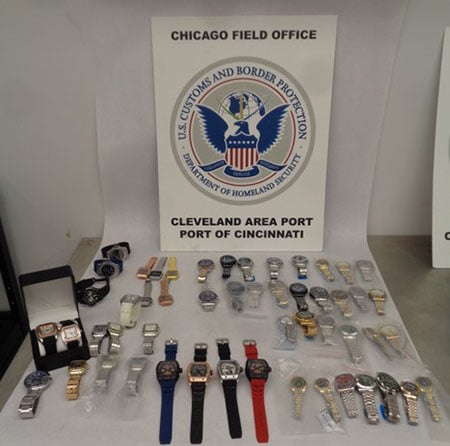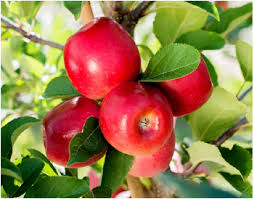Quick, what was the last piece of fresh fruit you ate? Crunched on an apple, sectioned an orange? How about berries or banana on your cereal, an apple with peanut butter for an afternoon snack?
It’s a simple question, fruit is easy to get, abundant in most grocery stores. It’s even easier to eat, almost always portable and perhaps the original “fast food.”
In my mind the one drawback of fruit and subsequently eating fruit is that most of the good fruit is still seasonal. Eaten raw and not cooked or flavored, fruit out of season is readily identified as not very good, a pale imitation of the wondrous choices we have right off the tree or out of the berry patch, sometimes picked with our own hands.
While it may be convenient to have apples year around it wasn’t always that way. Berries were grown from spring to fall, never available for Christmas and Valentine’s Day unless in the form of jams and jellies. Apple started in June and went through November.
By the early spring we had exhausted our fall supply and looked forward to the apple blossoms setting and the new crops gradually appearing in the orchards. Wedged in between was citrus from the western states, some exotics from the imports of other countries, and a lot of dried fruits, raisins being among the most popular and pesky, showing up in my lunch box several times a week.
We still had apples, and growing up in western New York State, with an abundance of great apples it was always a letdown when fall was finished and we faced a long winter and spring with warehoused apples rapidly losing flavor and texture in their downward descent into plainness.
Time and technology can advance most things and there is no doubt that the storage of fruit has come a long way from the root cellar. Transporting apples to various distribution points and then holding them in various ways so that deterioration is minimized has expanded the markets and provide fresh (sic) fruit to a larger segment of the population.
Vast fields of perfectly shaped strawberries cover parts of Florida in early January, just in time for Valentine’s Day, then destined to be plowed under when the demand fades until early summer. This is part of the cycle of produce that provides year around fruit and vegetables in exchange for lapses in texture and flavor that become less important over time.
I must be honest and say that I do have the occasional apple out of season and they aren’t half bad. Can’t bring myself to eat the berries in January but that’s citrus month anyway so I’m satisfied with that. I in no way want to disparage the people who grow the fruit we eat, I find that it’s the easiest food to get a kid to eat and it’s a quick snack when I’m busy.
I’d just like to stay closer to the seasons just to get the best of all the fruit’s qualities, it is after all one of the reasons I like to eat!
We still have a salad with apples on our menu at The Sage Rabbit. We pair it with beets and potatoes so the apples are part of a savory mix and provide some crunch and sweetness. We push that pairing a bit by roasting the ingredients to order and tossing them with sharp cheddar, spinach and an apple cider vinaigrette.
The salad started in the fall when Evan’s orchard was flush with apples and apple cider and will leave the menu when the last of our local cider is gone. The apples from all over have been good to us, but it’s time to move on.
Apple cider vinaigrette
1 shallot diced
1 large garlic clove diced
3/4cup of good cider
1 small apple diced
1 cup apple cider vinegar
1 ½ cups of salad oil
½ Tbl. Dijon
½ Tbl. Fresh Italian flat leaf parsley
½ Tbl. Fresh tarragon
Salt and pepper to tastePlace shallot, garlic, diced apple and cider in a non-reactive saucepan and reduce by half.
Add the vinegar and season with salt and pepper to taste. Place in a robo coupe and as it runs add in the Dijon, the herbs and finally in a slow drizzle the oil.
This vinaigrette and salad works with pears as well and when tossed with potato and beets (both par cooked) and roasted quickly it blends flavors nicely. Add in the sharp cheddar for bite and you have a nice warm, winter salad. Can’t wait to see if it works with local berries or peaches as well!
John Foster is an executive chef who heads the culinary program at Sullivan University’s Lexington campus. A New York native, Foster has been active in the Lexington culinary scene and a promoter of local and seasonal foods for more than 20 years. The French Culinary Institute-trained chef has been the executive chef of his former restaurant, Harvest, and now his Chevy Chase eatery, The Sage Rabbit, in Lexington.
























